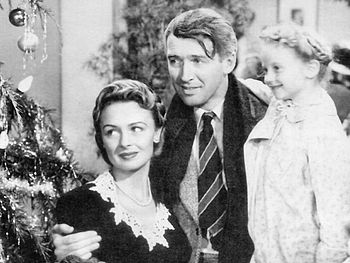A few weeks ago, I was listening to Sleeper’s 1996 track Sale of the Century, and the following lyrics jumped out at me:
Let’s take a photograph
We’ll burn all the negatives
These days, very few photographs are taken on film, but that’s how it would have been done at the time of the CD’s release nearly 19 years ago. As we fast approach New Year, it started me thinking about how the language we use can inadvertently place a piece of writing in a particular era.
For instance, I own a computing book published in the late 1970s or early 1980s in which the author writes, “When I was a young hacker…” But he’s not talking about accessing any systems illegally; the term hacker originally meant someone who was merely proficient at using computers.
I’ve just finished reading Quiet Dell by Jayne Anne Phillips. The story is part fiction, but based on a series of murders that happened in the 1930s. She uses newspaper sources from the period. One of these talks about the matrimonial bureau the killer used, and another mentions a colored porter working at a hotel. Although the actual date is mentioned at the beginning of each chapter, this sets the action in a social context. These days, of course, there are no matrimonial bureaux left while the latter term has become widely unacceptable.
It’s very difficult to know how language will change and it’s therefore difficult to adapt accordingly. You might write a story today about a character who watches a Netflix film on her tablet device, but within a decade, she might have it streamed directly into her head by BrainMoviez. Indeed, the word film itself is an anachronism, as it was part of the same technology mentioned in the Sleeper track.
One way around this potential obsolescence is to mention that a character is, for example, listening to music or driving a car without mentioning the source of the sound or the type of car. Yet that can deprive the reader of a sense of location. Even when a writer tries to create a sense of timelessness, there are often hallmarks that signal when the piece was written. Most readers will realise this and take it into account.
I’m now going to back up this entry to a floppy disc, dial into the Web, and post it.



